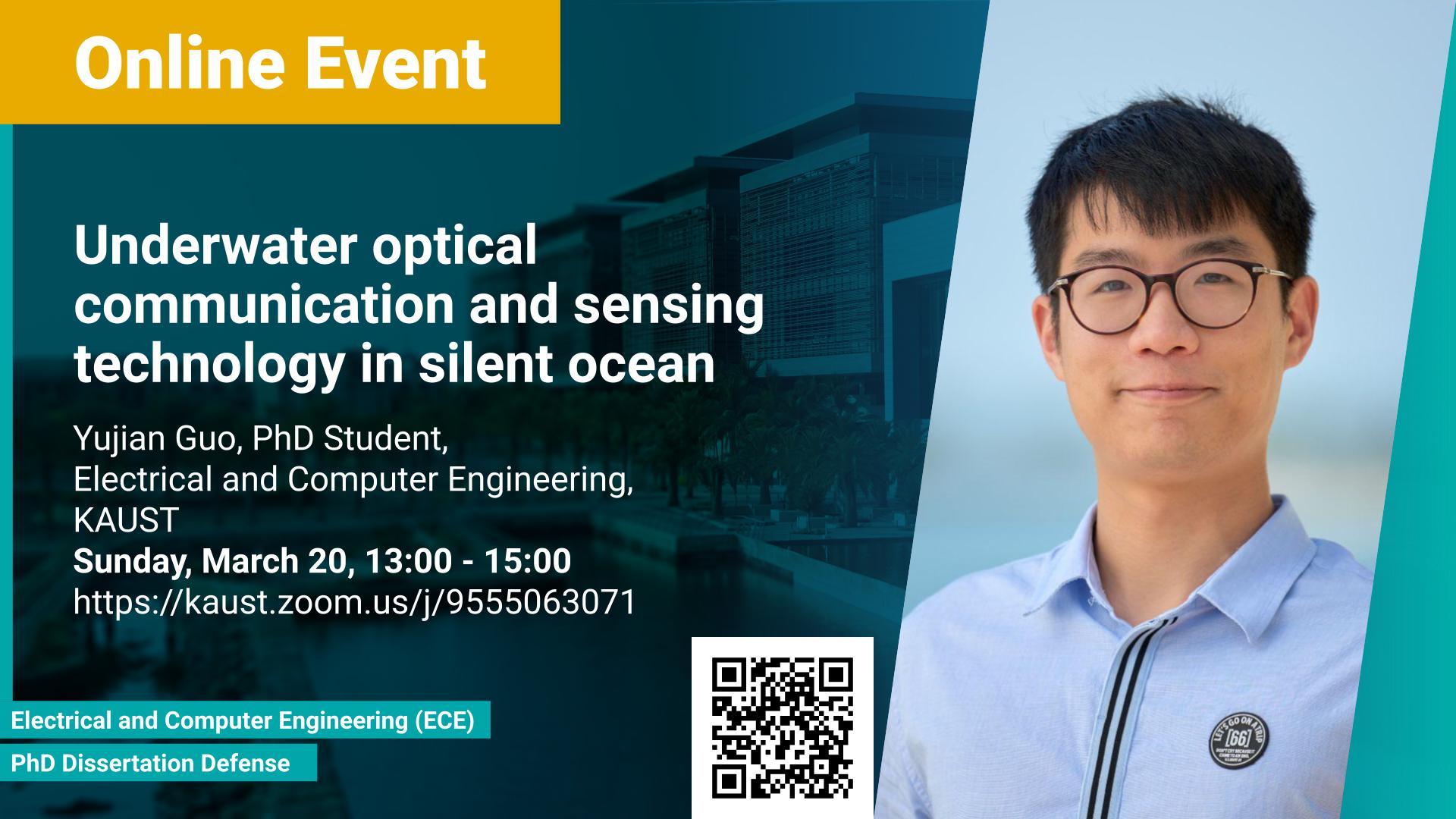Abstract
Oceans cover 71% surface of the earth and are rich in oil and gas resources, marine living resources, marine renewable energy, marine mineral resources. The ocean is a vital space for human survival and economic development. The depths of the oceans are often thought of as a silent world, but that was never the case, and oceans have only become noisier as human technologies have advanced. Humans have not only added noise to the ocean; they have also eliminated natural sounds. One of the primary noise sources is sonar. Sonar technology is widely used in fish detection, ocean floor mapping, and vehicle navigation. The noise in the ocean dramatically affects the animal’s survival and breaks marine ecological balance. Herein, underwater wireless optical communication (UWOC) and fiber communication and sensing (FC&S) technologies are proposed to minimize the acoustic noise in the ocean. Compared to noisy, powerful acoustic communication technology, UWOC has the merit of silence and takes advantage of high bandwidth, high transmission speed, and power efficiency. Nowadays, the visible-light UWOC system is attractive, and many related studies are being conducted in the field. Reduce the noise in the ocean, and then, we can hear more sounds from the ocean. Building a global ocean soundscape map can enable the visualization of the sound line of shipping, migration patterns of mammals, analyzing the climate changes from mammals’ singing and the sound of icebergs collapsing. UWOC and underwater FC&S technology can boost the development of Underwater Internet of things (UIoT) by establish large-scale underwater sensor networks.
This dissertation aims to investigate and address noisy ocean issues and build large-scale underwater sensor networks by optical communication and sensing technology. The dissertation proposes using UWOC and FC&S technology to replace the conventional acoustic communication technology and reduce the noise in the ocean. UWOC helps achieve high-speed wireless communications between sensors, vehicles, and even humans for UIoT. The significant challenges of developing UWOC systems are the complex underwater environment's attenuation, scattering, and turbulence effects. This dissertation studied the turbulence effects on the UWOC system’s performance and addressed the pointing-acquisition-and-tracking issues. The diffuse-line-of-sight configuration and scintillating-fiber-based detector help the mobile UWOC systems relieve the strict requirements on PAT. FC&S technology is proposed to build underwater sensor networks and sense ocean sounds. Studies pave the way for UIoT and keep ocean silent. Such modality is much sought-after for implementing robust, secure, and high-speed UWOC links in a complex oceanic environment, building large-scale sensor networks across the oceans, sending data across the oceans, and minimizing noise pollution in the ocean.
Brief Biography
Yujian Guo received a Bachelor’s degree in electrical engineering from the University of Electronic Science and Technology of China, Chengdu, Sichuan, China, in 2017. He is currently a Ph.D. candidate in the Department of Computer, Electrical and Mathematical Sciences & Engineering, KAUST, Kingdom of Saudi Arabia. His current research interests include underwater wireless optical communication, underwater optical channel characterization, and fiber communication and sensing.

